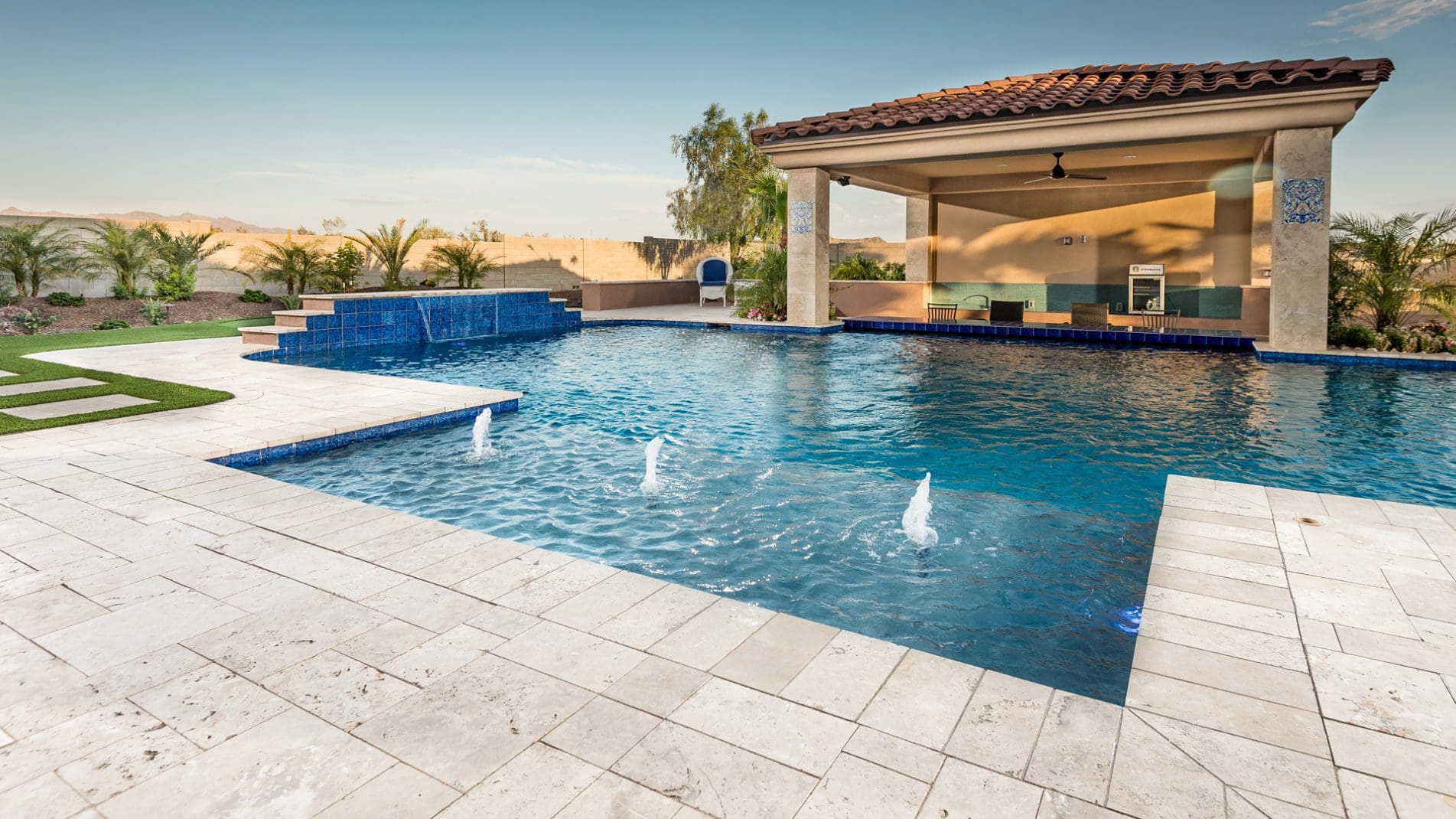Keeping a swimming pool clean is essential for both aesthetics and hygiene. One of the most effective tools in a pool maintenance arsenal is the vacuum. However, selecting the right pool vacuum hose and head can be a daunting task, given the variety of options on the market. This guide will help you navigate through this process, ensuring you make an informed decision for your pool maintenance needs.
Understanding Pool Vacuum Types
Before diving into the specifics of hoses and heads, it’s crucial to understand the different types of pool vacuums available. They generally fall into three categories:
- Manual Pool Vacuums: These require manual operation; the user guides the vacuum through the pool, making it a budget-friendly choice.
- Automatic Pool Vacuums: These are self-operating and can cover the pool’s surface independently, making them less labor-intensive.
- Robotic Pool Vacuums: These use advanced technology and can be programmed to clean the pool autonomously, though they come at a higher price point.
Choosing the Right Pool Vacuum Hose
/GettyImages-1755876961-5bd80168c9e77c00519b5a23.jpg)
The hose is a critical component of any vacuum system, serving as the conduit between the vacuum head and the filter system. Here are key factors to consider when selecting a pool vacuum hose:
Length and Diameter
Pool vacuum hoses typically come in various lengths and diameters. The right size will depend on your pool’s dimensions and the distance from the pool to the filtration system.
- Length: Most hoses range from 30 to 60 feet. A standard rule of thumb is to select a hose that is at least 1.5 times the length of your pool.
- Diameter: Common diameters are 1.5 inches and 2 inches. A larger diameter can provide better suction but may not fit all vacuum heads.
Material Construction
:max_bytes(150000):strip_icc()/KeyResidentialFtns-5a9470d218ba010037643a30.jpg)
Hoses are generally made from a few different materials, including:
- Polyethylene: Lightweight and flexible, making it easy to maneuver but may be prone to damage from UV rays.
- Rubber: More durable and resistant to wear, though it can be heavier and less flexible.
- Vinyl: Offers a balance of flexibility and durability, making it a popular choice.
Swivel Features
Hoses equipped with swivel connectors can significantly improve maneuverability. This feature prevents the hose from tangling during operation, ensuring smoother vacuuming.
Selecting the Right Pool Vacuum Head
The vacuum head is responsible for collecting debris from the pool floor and walls. Here are critical aspects to consider when choosing a vacuum head:
Type of Vacuum Head
There are two primary styles of vacuum heads:
- Brush Heads: These feature built-in brushes that help scrub dirt and algae off surfaces, making them ideal for vinyl or fiberglass pools.
- Flat Heads: These are more suitable for concrete pools, as they are generally more efficient at picking up large debris.
Size and Shape

The size and shape of the vacuum head can impact its effectiveness:
- Standard Size: Most heads are around 12-14 inches wide, making them suitable for average-sized pools.
- Corner and Round Heads: If your pool has unique shapes or corners, consider specialized heads that can reach tight spots.
Weight
Heavier vacuum heads tend to stay on the bottom of the pool better, ensuring efficient cleaning. However, they can be more difficult to maneuver. Choose a weight that balances effectiveness with ease of use.
Compatibility Considerations
When choosing a vacuum hose and head, compatibility with your existing pool equipment is crucial. Here are some tips to ensure compatibility:
- Connector Types: Ensure that the connectors of the hose and vacuum head are compatible with your pool vacuum system.
- Filtration System: Consider the type of filtration system you have, as this can affect the suction power and performance of the vacuum.
- Pool Surface Material: The material of your pool surface (e.g., vinyl, tile, concrete) will influence the type of vacuum head you should select.
Case Studies: Real-Life Applications

To illustrate the importance of selecting the right hose and head, let’s explore a couple of case studies:
Case Study 1: The Vinyl Pool Owner
Sarah owns a vinyl-lined pool and initially used a flat vacuum head. She struggled with algae buildup, particularly in the corners. After consulting with a pool expert, she switched to a brush head vacuum. The built-in brushes helped scrub the surface and effectively removed algae, significantly improving her pool’s cleanliness.
Case Study 2: The Large Concrete Pool

Mark operates a community pool with a concrete surface. He initially used a short, lightweight hose that frequently tangled and limited his reach. After upgrading to a longer, heavier-duty hose with swivel connectors, he noticed a marked improvement in efficiency—reducing cleaning time from three hours to just one.
Statistics and Trends in Pool Maintenance

The pool maintenance industry continues to evolve. According to a 2022 report from the Association of Pool and Spa Professionals (APSP), the demand for professional pool maintenance services has increased by 15% in the last five years. Additionally, advancements in technology have led to a rise in the popularity of robotic vacuums, which now account for nearly 30% of the market share.
Selecting the right pool vacuum hose and head is essential for maintaining a clean and healthy swimming pool. By understanding the different types of vacuums, considering factors like hose length, material, and vacuum head design, and ensuring compatibility with your existing equipment, you can make an informed choice that suits your specific needs. Whether you opt for a manual vacuum or a robotic model, the right tools will make pool maintenance more efficient and enjoyable. Remember, investing in quality equipment pays off in the long run, keeping your pool sparkling clean and inviting.




